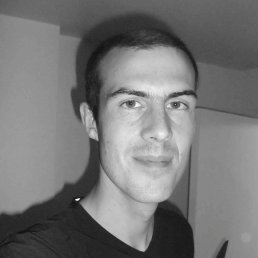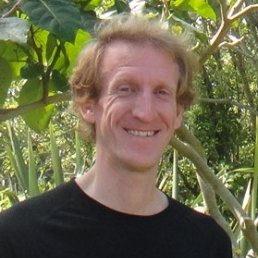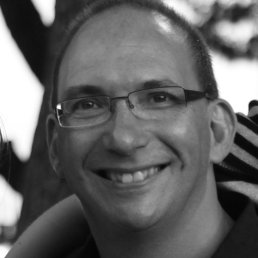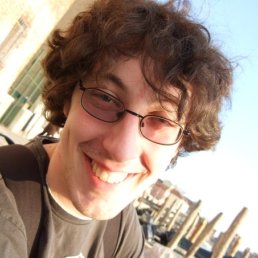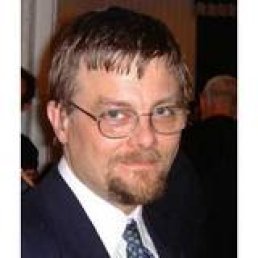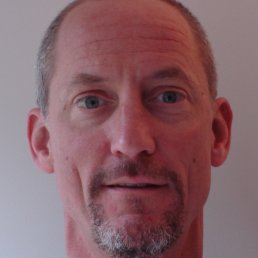Marcus Du Sautoy, Charles Simonyi Professor for the Public Understanding of Science at the University of Oxford, is delivering a series of filmed public lectures today and tomorrow, 05 and 06 September, in the new Mathematical Institute building in Oxford covering a range of mathematical themes. The talks are targeted at a general audience and students keen to pursue mathematics at university. A few places remain. Please contact Dyrol Lumbard (@email).
Thursday 05 September, 13.00-14.30. The Music of the Primes: a talk about the Riemann Hypothesis and primes
Thursday 05 September 15.00-16.30. Symmetry: a talk based on his second book, 'Finding Moonshine'
Friday 06 September 13.00-14.30. The Secret Mathematicians: the connections between maths and the arts
Friday 06 September 15.00-16.30. The Irrational, the chaotic and incomplete: the mathematical limits of knowledge
Please note these lectures will be video-taped to air on a Japanese public television station (NHK) this autumn. By attending these lectures, you are giving NHK your consent to possibly appear on this television programme without any compensation or credit.


